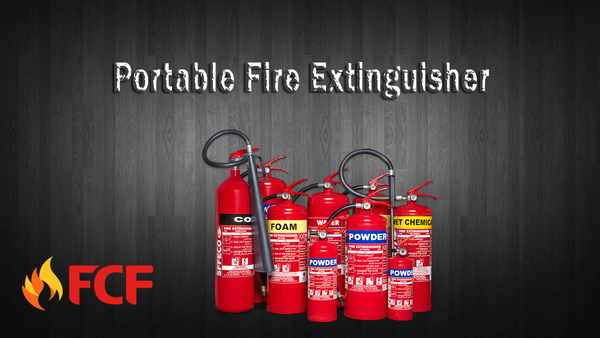Bundaberg Fire Extinguishers, portable or movable apparatus used to put out a small fire by directing onto it a substance that cools the burning material, deprives the flame of oxygen, or interferes with the chemical reactions occurring in the flame. Water performs two of these functions: its conversion to steam absorbs heat, and the steam displaces the air from the vicinity of the flame. Many simple fire extinguishers, such as dry chemical powder or foam, are only effective against Class A fires (see table), which include almost all fires caused by combustible paper (paper is flammable because it decomposes when exposed to oxygen).

Class B fires include most types of cooking fires and most electrical fires. Class C fires usually occur in heating and cooking appliances. Fires in electrical equipment may cause class B fires or class C fires depending on their intensity.
Class D fires are usually caused by hot liquids (e.g., boiling water). Class E fires are caused mainly by gasses in flammable liquids (e.g., carbon monoxide).
Many simple fire extinguishers, such as those with foam or powder, are only capable of putting out fires in which the flames are confined to one small area. Extinguishers that use water have a wider application. One example is the CO2 fire extinguisher, which uses carbon dioxide gas to put out flames. The CO2 also displaces oxygen from the combustion zone and cools it, reducing its temperature and making it easier for water to extinguish it.
In many cases, a Bundaberg Fire Extinguishers is installed in a building’s basement or other structure that is not easily accessible. Firefighters may be able to access these areas after the initial attack on the fire has been completed, but sometimes they must wait until their apparatus can be brought into action. In this case, firefighters must rely on other means of putting out fires.
The most common fire extinguisher is a water-based extinguisher. Water extinguishers are able to put out fires when they contain water or a water-reactive agent. There are two types of water extinguishers: portable and movable. A portable fire extinguisher is one that can be carried by the user, while a movable fire extinguisher can be used in an area where it is not practical to carry an entire fire extinguishing system.
The types of agents used in portable and movable fire extinguishers vary depending on their intended use and their size. Portable fire extinguishers are designed to put out small fires on surfaces such as paper, wood, textiles, plastics, metals and glass. Movable fire extinguishers are designed to put out larger fires such as those that occur in areas with combustible materials such as office buildings or warehouses.
Since its invention in 1865, the fire extinguisher has been modified to function with varying degrees of efficiency. Sprinkler systems, which use water to put out fires and deprive them of oxygen, are a more advanced type of fire extinguisher. Carbon dioxide is another chemical frequently used as a fire extinguisher. It produces carbonic acid once it mixes with water, which helps to cool the burning material and deprives the flame of oxygen. Many modern fire extinguishers use pressurized liquids, gasses, or powders that do not control the fire by themselves but act as aids in fighting one whose source has already been put out or controlled.
Portable fire extinguishers are life-saving devices but are not infallible. The extinguishing agent (chemical agent) may not be compatible with the fire or the engine compartment in which the fire occurs (i.e., waste oil engine compartment fire). Careless installation, improper gauge pressure and lack of periodic inspections could render an otherwise good portable fire extinguisher ineffective.


